Drinking tea in a
Guangzhou (Canton) teashop, one is bound to be shown many novelty teas by the shopkeeper. I was a newbie at Pu'er back in 2005 (still am today). It was in November of that year during a visit to the old city when I first got introduced to Crab's Feet Pu'er at a teashop on Yue Hwa Road.
I was a soft target: a tourist, even though I wear the skin of a Chinese man. Furthermore, my command of the Mandarin language was flaky, probably the level of a native 3rd grader at best. I got by, though barely. A conversation ensued, more or less, as such:
"This crab's feet tea is popular with the Taiwanese people," the lady shopkeeper said.
"Oh, how come?" I asked.
"They find the taste appealing, and the crab's feet supposedly have good medicinal properties for the stomach," she explained.
"What is it, actually?" I inquired curiously.
"It grows on Pu'er trees as a parasite. It gives a slight suān (酸 -- sour) taste to the tea. Here, let's try it, shall we?" I didn't have "parasite" in my Mandarin vocabulary at the time, so I went "huh?"
She then broke an ample amount from the beeng and brewed the curio with a
gaiwan. I still remember her rather well to this day because, in addition to being young and pretty, she was very adept and gracious with the gaiwan. Watching her hands move about and pour tea out of the
gaiwan was quite hypnotic in itself.
I was a
very soft target.
By the time I left the shop, I owned 2
beeng's of this Crab's Feet Pu'er, which according to my records I paid RMB 150 per (~ USD $19 at that time). Back in Los Angeles, I chucked them, along with some other pu'er I obtained during the trip, in my off-site cellar cabinet. They have been sleeping in cool darkness ever since until their retrieval yesterday.
On the tea's wrapper and the inner ticket, the characters
螃蟹脚 (
pángxiè jiǎo) are written, which literally translates as "crab's feet". I am not quite sure why some refer to it as crab's
"claw", because as far as I know (and that's not much, mind you), the character
jiǎo (
脚) literally means foot / feet. Toki of The Mandarin's Tea blog has
pictures of this parasitic vines growing on an old
Dancong tea tree.
The tea is a vintage
2002 made by
Spring City Tea Factory in Menghai. As you see from the pictures below, the
beeng was compressed with leaves of different colors. The orange-brown things, which are more like stems than leaves, are the crab's feet.

The tea itself was ordinary tasting. It had sour plum and dried wood notes. Overall its taste was rather boring, lacking any character or depth. Its brewing durability suffered, too, when its taste began to subside significantly after a mere 5 rounds or so. Had I been offered this tea today, I would never have bought it (except if the shopkeeper was
Gong Li, perhaps).

Curious about the crab's feet, I separated the orange stem-like substances from the compressed tea and was able to obtain enough for a tasting experiment. I brewed the small amount of the crab's feet in just-boiled water (98-100' C) for about 2 minutes. The liquor was almost colorless with a light tinge of orange. It almost had no taste at all. What it had, however, was a creamy mouthfeel and aftertaste...almost milky
(edit: umami is the word I've been looking for to describe the taste of the crab's feet liquor). It's quite interesting by itself, actually. However, it did not taste sour at all, as the shopkeeper had claimed. I should note again that this pu'er seems to be mixed only with the stem-y part of the crab's feet, and it does not contain any of the leafy parts. Maybe it's the leaf of this parasitic vine that is sour tasting?
 Conclusion
Conclusion: For this particular Pu'er specimen, I think it serves the purpose of satisfying my curiosity, but largely a waste of time and money.
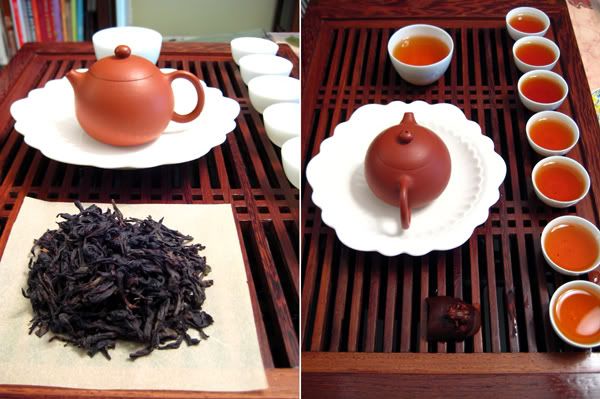
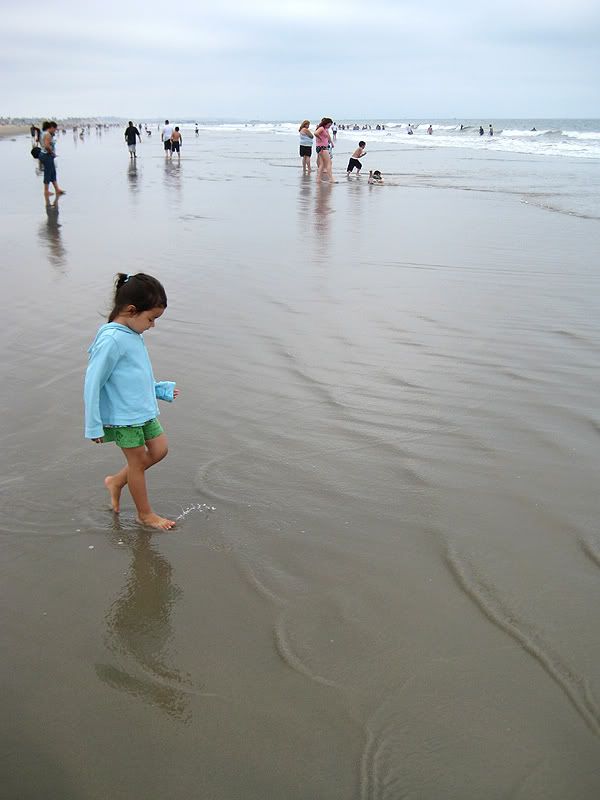



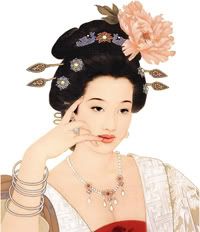 I make it a point to obtain some freshly produced Oriental Beauty oolong every summer. This seductive tea is one of my favorite seasonal indulgences. It's quite easy to fall in love with it. The best example that I ever tried made me swoon in adoration as she sang all the low, mid and high notes in symphony.
I make it a point to obtain some freshly produced Oriental Beauty oolong every summer. This seductive tea is one of my favorite seasonal indulgences. It's quite easy to fall in love with it. The best example that I ever tried made me swoon in adoration as she sang all the low, mid and high notes in symphony.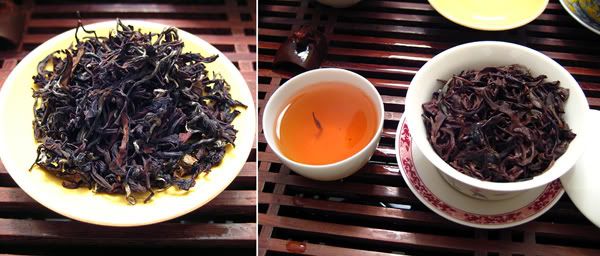
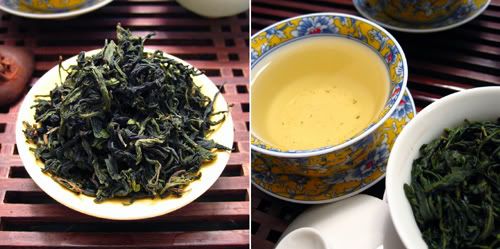
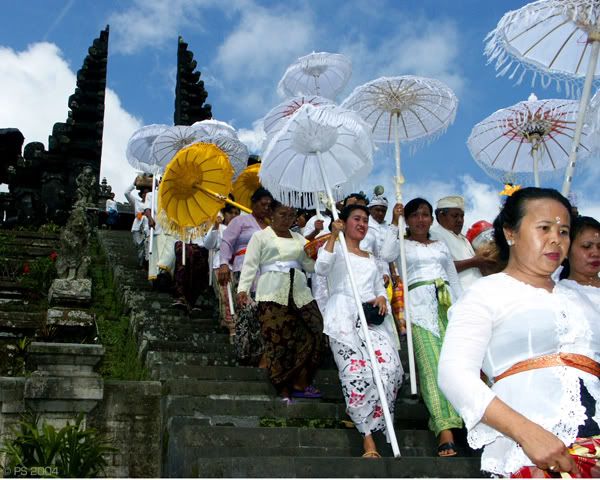



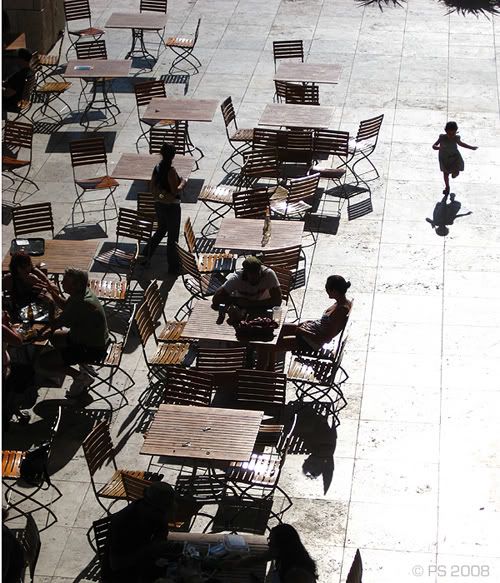 (Light, shadow, and a girl running)
(Light, shadow, and a girl running)